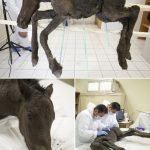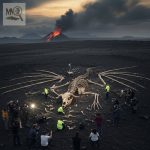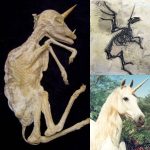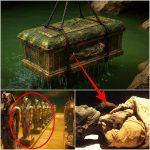Warrior’s Armor: The Pufferfish Helmet of the Gilbert Islands
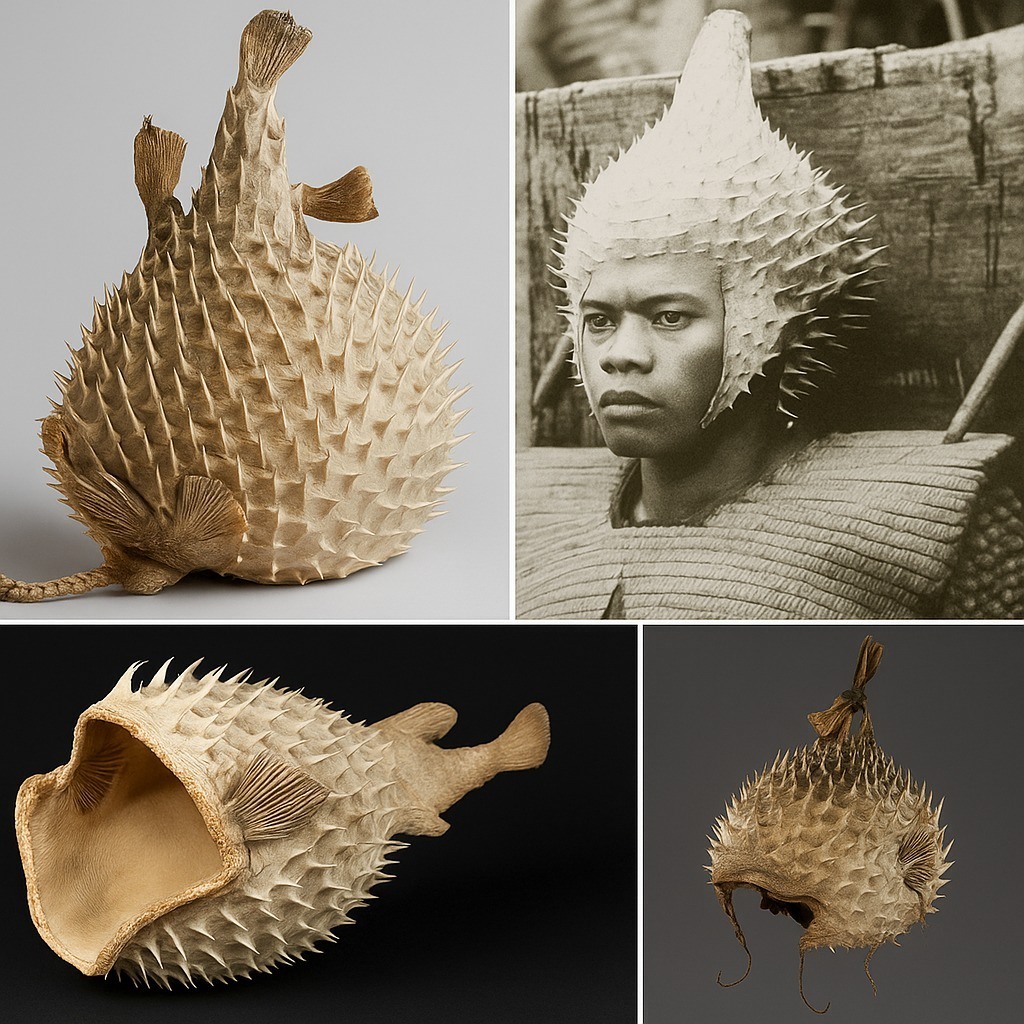
When we think of armor, images of steel-plated knights or samurai warriors often come to mind. Yet in the remote Pacific, the people of the Gilbert Islands—now part of modern-day Kiribati—crafted a form of armor that was as ingenious as it was unusual. In the 19th century, warriors donned helmets made from dried, inflated pufferfish, pairing them with protective coconut fiber armor. These extraordinary creations highlight not only indigenous resourcefulness but also the deep cultural symbolism woven into tools of war.

The Pufferfish Helmet: Nature as Protection
The pufferfish helmet was made by drying and inflating the body of a spiny pufferfish, then shaping it into a form that fit snugly over the warrior’s head. The fish’s natural spikes acted as a defensive barrier, discouraging blows from enemy weapons. Unlike heavy metal helmets of other cultures, this Pacific adaptation relied on locally available resources—transforming a marine creature into a shield of both practicality and intimidation.
Pairing the helmet with armor woven from coconut fibers provided additional protection. Together, these elements created a distinctive and highly functional ensemble that reflected the environmental ingenuity of the Gilbert Islanders.
Symbolism and Identity

Beyond its practical function, the pufferfish helmet carried cultural meaning. The pufferfish itself is a creature of transformation—expanding and bristling with spines when threatened. By adopting its form, warriors not only borrowed its natural defenses but also embodied its symbolic ferocity. To wear such a helmet was to merge human identity with the resilience and defensive power of the sea.
The armor also underscored the warrior’s role within society. Battles in the Gilbert Islands were often fought over land, resources, or status, and the distinctive attire would have been a marker of rank and courage. Today, these helmets stand as striking visual testaments to how material culture expressed both survival and identity.
Ingenuity of Pacific Island Societies
The pufferfish helmet is just one example of the creativity that flourished in Pacific Island societies. Limited to the resources of their environment, these communities transformed natural materials into highly effective tools and artifacts. From canoes designed for long voyages to intricate woven mats and weapons crafted from shark teeth, their innovations demonstrate a remarkable balance between utility and symbolism.
In this light, the pufferfish helmet is more than a curious artifact—it is evidence of a worldview that saw no divide between nature and culture. Every object carried both function and meaning, shaped by the oceanic environment that sustained life in the islands.
Conclusion
The warrior’s pufferfish helmet from the Gilbert Islands is one of the most unusual yet ingenious forms of traditional armor ever created. Both practical in battle and symbolic in identity, it reflects the adaptive brilliance of Pacific Island cultures. Today, preserved in museums and private collections, these helmets serve as powerful reminders of indigenous creativity, resilience, and the deep connection between people and their environment.


